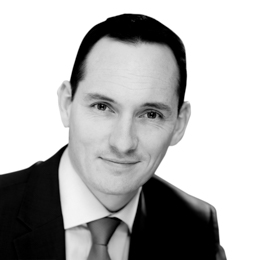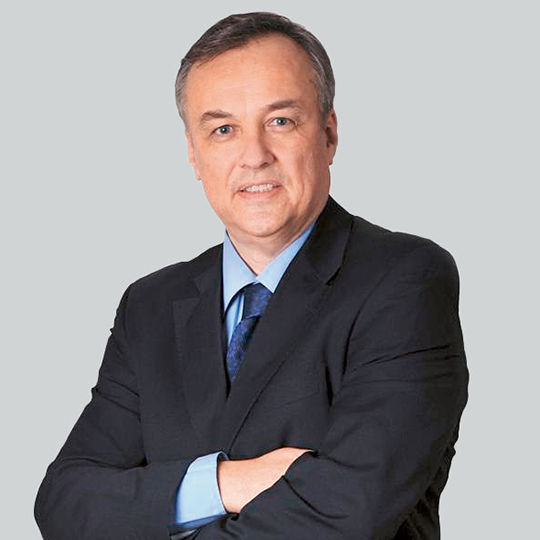How did the Clinique Développement group come about?
Tanguy de la Bourdonnaye: It all started in 1997 when, along with several colleagues, I took over the clinic in Lillebonne, where I worked as an anaesthetist. Over the years, we've had the opportunity to acquire other facilities in Lower Normandy, in Deauville, Alençon and Lisieux. In 2017, we decided to combine with another major regional player, the Normandy group, which had two facilities in Granville. That was a transformative acquisition, doubling our size. Today, the Clinique Développement group treats more than 50,000 patients per year.
Is this kind of consolidation necessary?
T.de la B.: It's a national phenomenon in our business sector. With prices steadily falling, consolidation allows us to achieve synergies, pooling resources, expertise and experience to ensure a high level of service. Building a group of medical and surgical facilities also gives us a higher profile and makes us more attractive to both patients and practitioners, which is important because medical recruitment is always complicated. With our seven facilities, we are now recognised as a leading player in Normandy in terms of follow-up care and rehabilitation (orthopaedics, neurology, respiratory medicine and specialist rehabilitation), which makes up 60% of our business. Our facilities also do a lot of work in gastroenterological surgery, urology, ophthalmology and orthopaedics.
What are the advantages of your development strategy?
T.de la B.: Our skills in medicine, surgery and obstetrics (MSO), follow-up care and rehabilitation complement each other very well. By pooling our expertise, we can offer patients comprehensive care pathways and provide healthcare professionals with appropriate medical plans, while addressing the requirements of supervisory agencies more effectively.
Does your group stand out through its employee ownership structure as well?
T.de la B.: The Normandy group was majority-owned by its employees. When we acquired it, we wanted to extend employee share ownership across the whole group. We were surprised by how many of our staff wanted to buy a stake. Today, out of 1,000 employees, almost a quarter are part of the shareholder organisation we set up for that purpose. It's a great way of increasing staff loyalty. Of course, it means that we have to communicate with our employees in a different way, but it also allows us to explain more effectively the issues we face and any strategic decisions that may affect them.
What is Crédit Mutuel Equity's role in your development?
T.de la B.: Crédit Mutuel Equity played an important role in our acquisition of the Normandy group, in which it had long been a shareholder. At Clinique Développement, we had frequent discussions with Crédit Mutuel Equity's teams. Its experience of our sector and its proximity made natural for us to welcome it as an investor in our group in 2017. Their people are now our partners, helping us develop our plans.
What the partner says

Crédit Mutuel Equity had held an equity stake in the Normandy group since its management buyout in 2000 and supported its growth for 17 years, during which time it became France's largest private-sector functional rehabilitation centre in a coastal setting.
Normandy's shareholders were aware of the issues in its sector and that it needed to achieve critical mass to address them, so they wanted to combine with another company to allow continuing development. Clinique Développement is similar in scale to Normandy, is a good fit geographically, has handled the switch to treatment-based pricing very efficiently and has good knowledge of follow-up care and rehabilitation, so it ticked all the boxes.
So it was natural for Crédit Mutuel Equity to support the combination, which gave rise to a regional leader.
In less than two years, all of the planned synergies - geographical coverage, improved care pathways for patients and pooled technical and management expertise - have been or are in the process of being realised. A collegial governance structure and appropriate system for communicating with the numerous employee-shareholders have also been put in place.
The group is now ready to welcome fresh talent, strengthen its areas of excellence and, if opportunities arise, act as a consolidator by acquiring independent facilities in the region.
€79m of Group revenue
990 beds and authorisations
300000 hospital days per year




